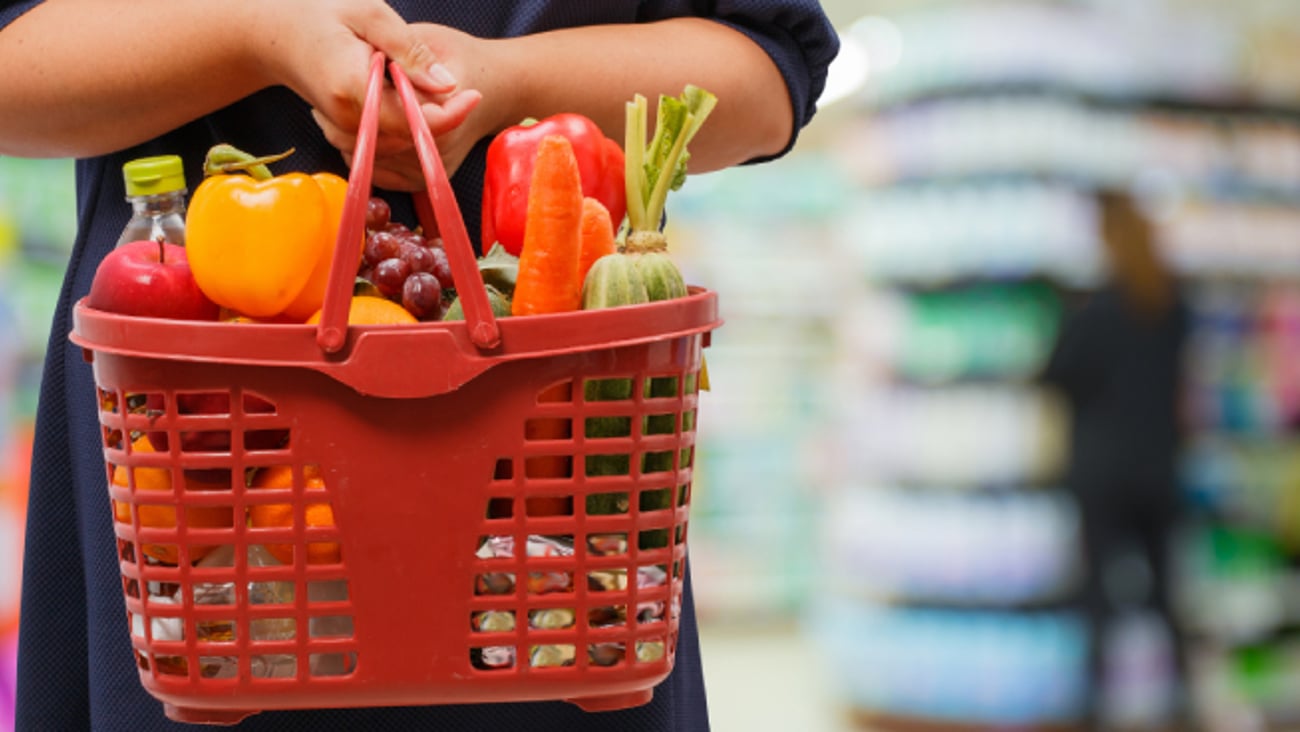Come together!
It has been well documented that most meals these day are
eaten alone. Almost two-thirds (62%) of meal and snack occasions are now eaten at a “table for one.” One key to the solo dining trend is that planning, cooking and pleasing multiple people at multiple times throughout the day is both labour-and time-intensive, while also being downright daunting.
And without a doubt, our eating patterns have evolved to a more fragmented, less structured regime. This evolution has resulted in robust snacking and “mini-mealing” behaviour. Today, most snacking occurs “o solo mio.”
That said, a closer look at our daily captured, occasion-based research in Ipsos FIVE reveals a consumer willingness to invest more time and money when dining with others—both at home and away from home—which offers a strong rationale for manufacturers, retailers and foodservice operators to promote the eating together experience.
As the spending baton gets passed from boomers to millennials, targeted messaging to millennials by life stage and occasion will be key to promoting sharing behaviour, particularly given current consumption habits.
Millennials (21 to 37 years old) do not eat many meals with others, with less than a third (31%) reporting that they consume at least one shared meal on a daily basis. Compare this sharing rate with the more than half (51%) of boomers (age 52 to 71) who report sharing meals seven days a week.
But all meal occasions, with regards to being shared or solo, are not equal. Breakfast has traditionally been a solo occasion, with sharing rates declining by 3% since 2015. Breakfasts sourced from restaurants, however, are more likely to be eaten with others than they are to be consumed alone. The Ipsos Foodservice Monitor (FSM) reports that individuals engaged in shared occasions also have a higher average eater check (19% higher) than solo diners, revealing a demonstrable benefit of shared breakfasts.
While lunches consumed by kids and teens are most often shared, adult Canadians are more likely to eat lunch alone. Fifty-three percent of adult lunches are eaten alone, with this solo dining occasion rate growing 4% since 2015. It’s worth noting that lunch has become the most skipped meal of the day among adults. Would increased sharing encourage less meal skipping?
There are some bright spots for lunch, however. A key opportunity, for instance, exists in the targeting of visible minority Canadians, who are more likely to share the occasion with others than to dine alone. Perhaps cross-acculturation forces can serve up an opportunity to shift our frenetic daily pace.
Dinner is the most shared meal of the day, and Canadians spend more time preparing dinner when sharing it with someone else. They also consume a greater number of dishes on these occasions. The average shared dinner is prepared in 30 minutes or less and contains three items. In contrast, almost half of solo dinner occasions (49%) are prepared in 15 minutes or less, with an average of less than two items.
Meal preparers are also incorporating more homemade items when eating with others. In fact, nearly two thirds (65%) of items consumed at shared dinners are reported as homemade, compared to only 51% percent of items consumed at solo dinners.
While eating alone dominates our daily routines, perhaps instead of mourn- ing the decline of meal sharing, sales growth can be achieved by continuing to expand the meal solutions that tend to reinvigorate our relationship with food, our families and our friends.
Reconnecting consumers to the benefits and rewards of shared mealtime presents an opportunity to bring people together in an organized way, providing rhythm and predictability to the flow of the day. It also offers opportunity to position your brands as part of a convivial dining experience that contributes to consumers’ physical, mental and social well-being while forsaking the doldrums of the lonely lunch “al desko” or the lonely “cold computer” dinner.
Kathy Perrotta is a VP of Marketing with Ipsos Canada and leads the FIVE service, a daily diary tracking of what individuals ate and drank yesterday across all categories/ brands, occasions and venues. [email protected]
This article appeared in Canadian Grocer‘s September/October 2018 issue.




